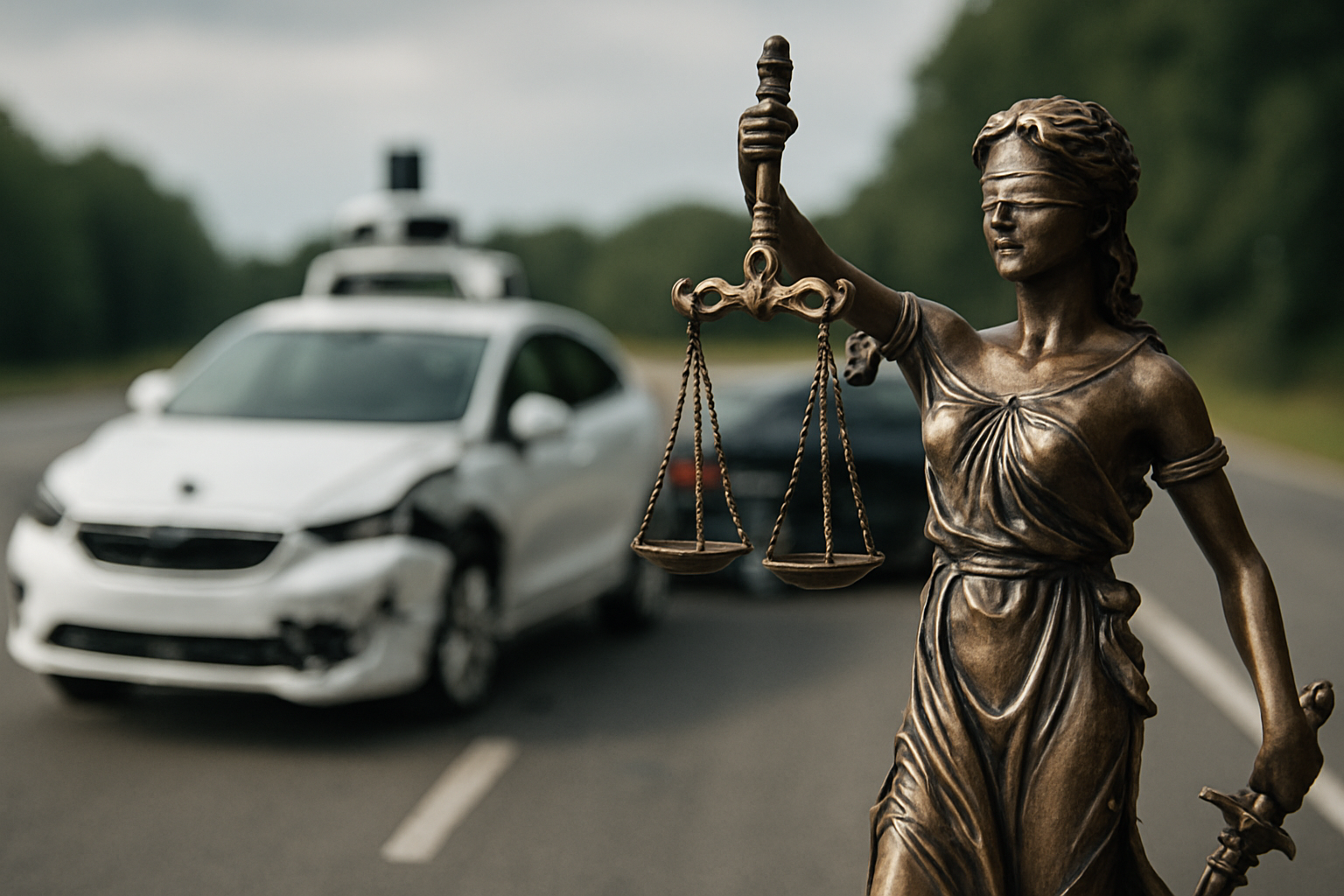Title: Navigating the Legal Maze of Autonomous Vehicle Liability
Introduction: The rise of autonomous vehicles is reshaping our roads and legal landscape. As self-driving cars become more prevalent, questions of liability and responsibility in accidents involving these vehicles are becoming increasingly complex. This article delves into the intricate legal challenges surrounding autonomous vehicle liability and explores how lawmakers and courts are adapting to this rapidly evolving technology.

Traditional Liability Models and Their Limitations
Historically, liability in car accidents has been primarily attributed to human drivers. This model assumes that a person is in control of the vehicle and can be held responsible for any negligence or recklessness. However, with autonomous vehicles, this paradigm is being challenged. When a self-driving car is involved in an accident, determining fault becomes much more complex, as the vehicle’s software and hardware play a crucial role in decision-making.
Emerging Legal Frameworks for Autonomous Vehicle Liability
Lawmakers and legal experts are working to develop new frameworks to address the unique challenges posed by autonomous vehicles. Some jurisdictions are considering strict liability laws for manufacturers, while others are exploring the concept of shared responsibility between manufacturers, software developers, and vehicle owners. These emerging frameworks aim to balance innovation with public safety and fair compensation for accident victims.
The Role of Product Liability in Autonomous Vehicle Cases
As the autonomy of vehicles increases, product liability law is becoming increasingly relevant in accident cases. Manufacturers may be held responsible for defects in the vehicle’s design, production, or software that lead to accidents. This shift in focus from driver negligence to product liability represents a significant change in how courts approach vehicle-related lawsuits.
Data Privacy and Cybersecurity Concerns
Autonomous vehicles generate and rely on vast amounts of data to operate safely. This raises important questions about data privacy and cybersecurity. Legal experts are grappling with issues such as who owns the data generated by autonomous vehicles, how this data can be used in accident investigations, and what measures must be taken to protect vehicles from hacking or other cyber threats.
Insurance Industry Adaptation
The insurance industry is also adapting to the challenges posed by autonomous vehicles. Traditional auto insurance models based on driver risk are becoming less relevant as vehicles take on more driving responsibilities. Insurers are exploring new models that take into account the unique risk profiles of autonomous vehicles, including potential software failures and cyber attacks.
International Legal Harmonization Efforts
As autonomous vehicles cross borders, there is a growing need for international legal harmonization. Different countries have varying approaches to autonomous vehicle regulation and liability, which can create challenges for manufacturers and consumers alike. Efforts are underway to develop international standards and legal frameworks to ensure consistency and clarity across jurisdictions.
The Future of Autonomous Vehicle Liability
As technology continues to advance, the legal landscape surrounding autonomous vehicle liability will undoubtedly evolve. Courts and legislators will need to remain flexible and responsive to new developments in the field. The coming years will likely see the establishment of more comprehensive legal frameworks specifically tailored to address the unique challenges posed by self-driving cars.
In conclusion, the advent of autonomous vehicles is pushing the boundaries of traditional legal concepts of liability and responsibility. As we navigate this new terrain, it is crucial that our legal systems adapt to ensure public safety, promote innovation, and provide fair compensation for those affected by accidents involving autonomous vehicles. The ongoing dialogue between lawmakers, manufacturers, insurers, and the public will be essential in shaping a legal framework that can keep pace with this rapidly evolving technology.





